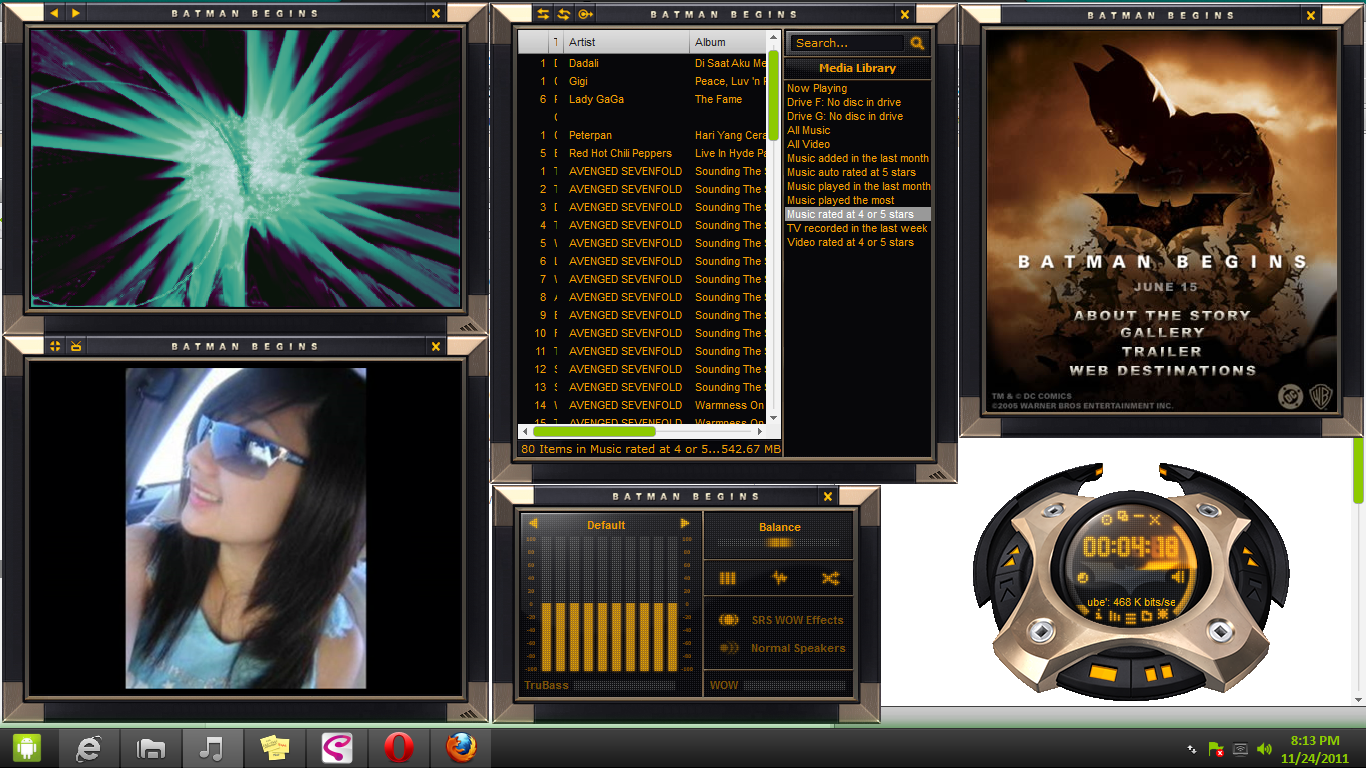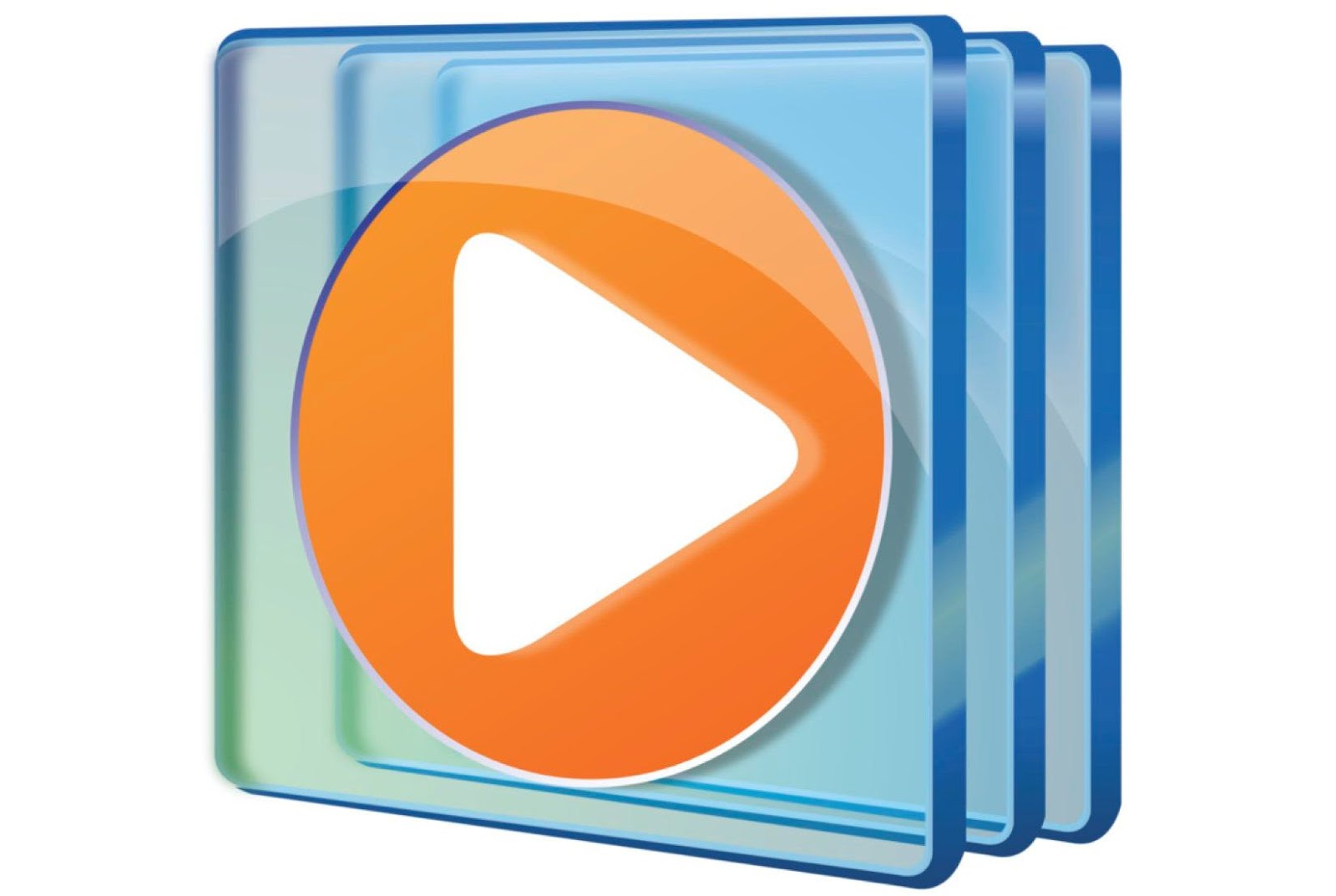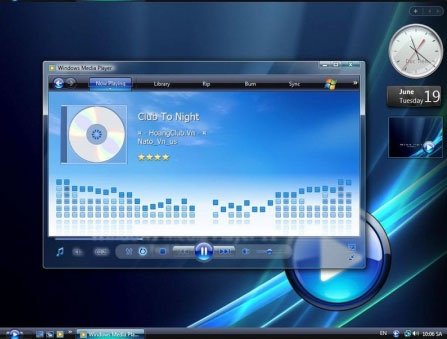
Step 3: Choose Recommended settings when prompted. Step 1: Press the Windows button and type Windows Media in Start Menu. But the first thing you need to do is find the Windows Media Player on your PC. Using Windows Media Player is a straightforward affair. Supports limited video files such as MP4, MPEG, etc.But you will find options to enhance the quality of your videos. That means not a lot of codecs or supported formats. There aren't many new things about it, except for the skin. In fact, the only true last update was in 2009 with Windows Media Player 12's release.īut Windows 11 users can try the newer 2022 version. Microsoft doesn't provide any updates whatsoever for this player. But the term Windows Media Player was coined from the fact that it's the only player that comes pre-installed in a Windows OS.Īnd that's why it's been used a lot over the past 20-30 years. Some people say it was first released as just Media Player all the way back in 1991. Windows Media Player is the built-in player for media in all Windows.

Trustpilot Rating 4.7 What Is Windows Media Player Now let's get started.Īctually, after comparing the features, pros, and cons of the above media players, it is recommended that you choose the lightweight but powerful media player tool: EaseUS RecExperts, as well as a helpful video and audio recording software for Windows and macOS. So, which are the best players for Windows today? This article will explore a few of the options that stand out as good alternatives to Windows Media.


Manage media files in the cloud, hard drive, or server Supports Windows, Linux, iOS, Android, etc.


 0 kommentar(er)
0 kommentar(er)
